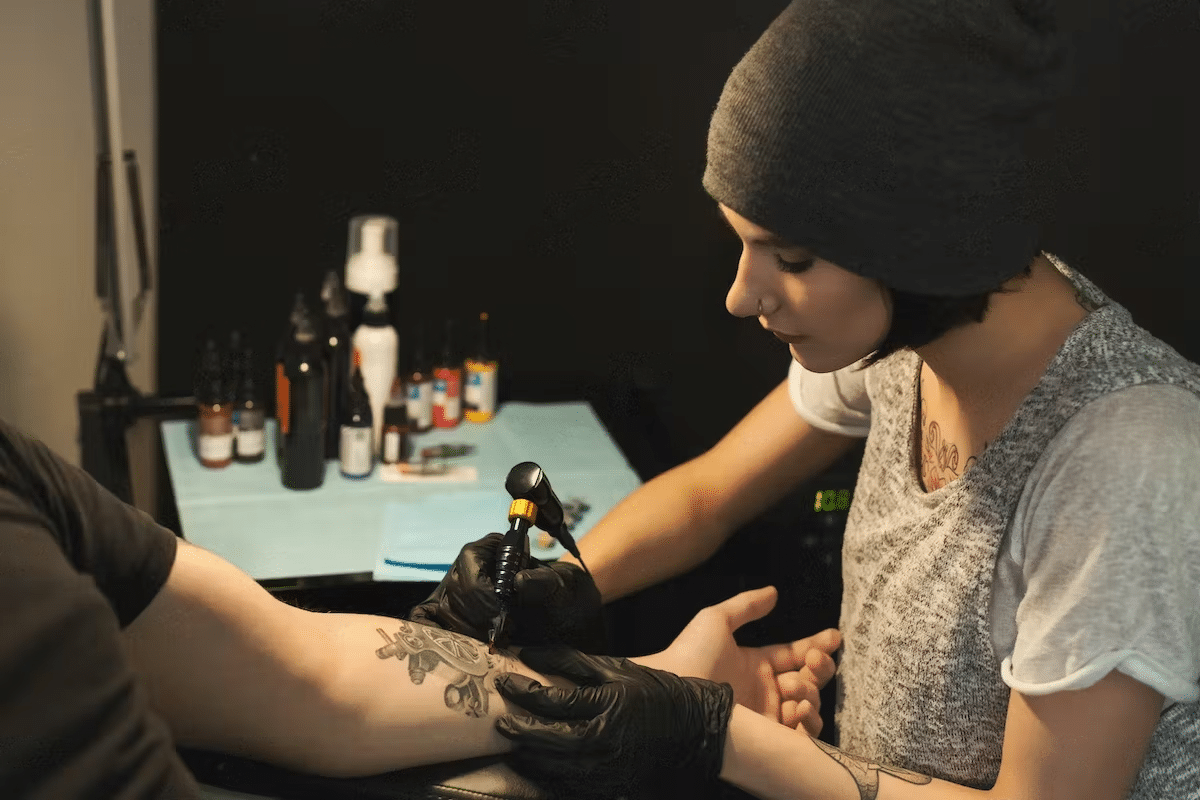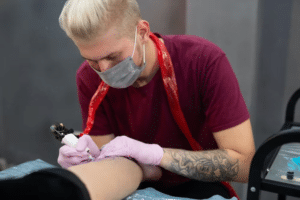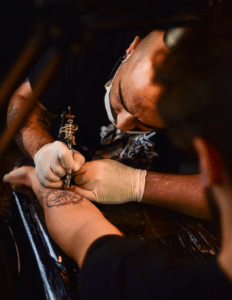Say Goodbye To That Inked Reminder: Tips On Tattoo Fading
If you have a dark tattoo that you’re not happy with, you might wonder if it’s possible to lighten or fade it. The good news is that it is possible to lighten a dark tattoo. However, the process can be lengthy and might not completely remove the tattoo.
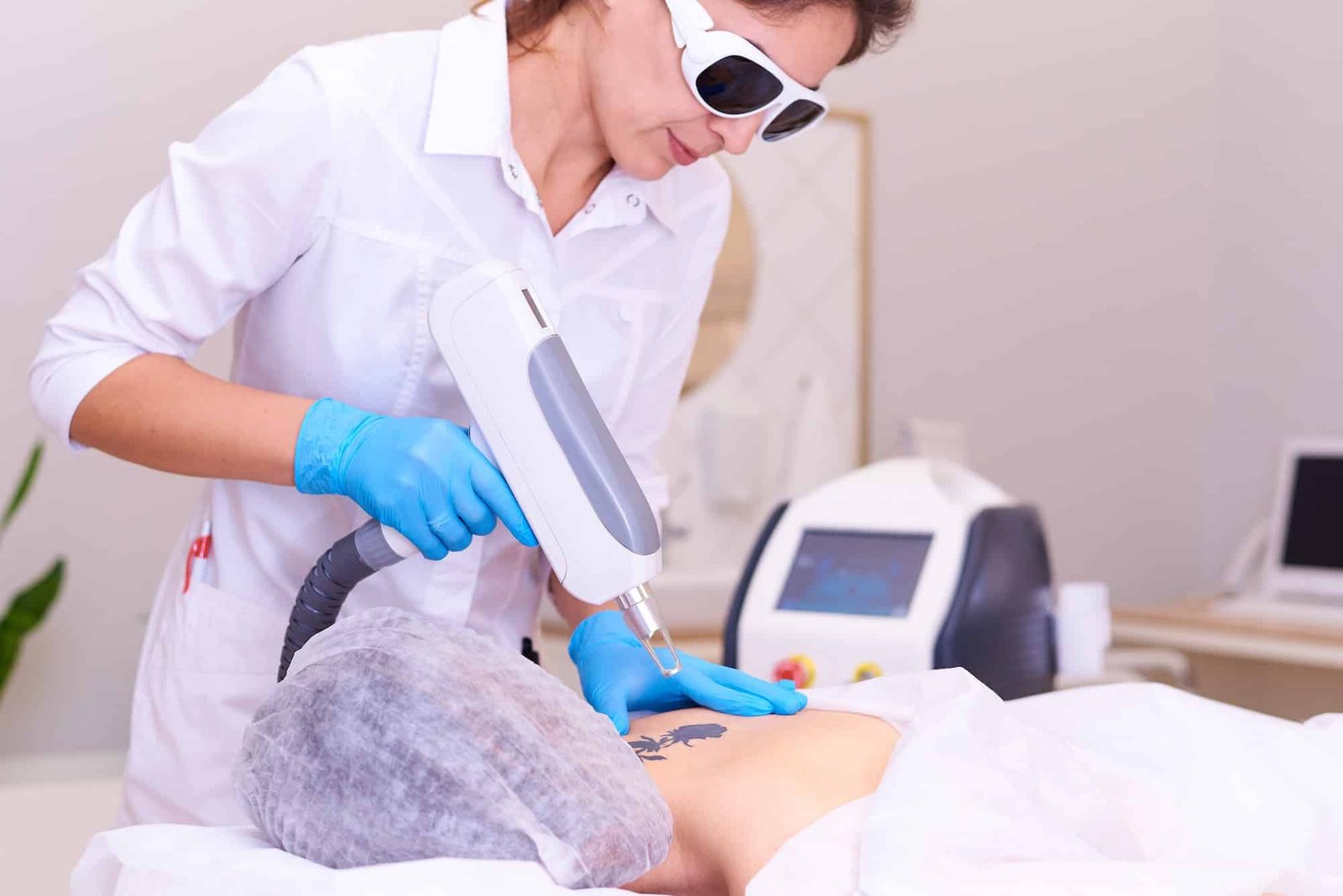
In this article, we will discuss the different ways on how to lighten or permanently remove your tattoo. We will explain the process you can do yourself at home and the possible procedures if ever you decide to turn to professionals’ help. Without further ado, let’s get started.
Homemade Methods
Tattoos are a popular form of self-expression, but sometimes our tastes and preferences change over time. If you’re looking to fade your tattoo faster than usual, there are several homemade methods that you can try at home. While it’s important to note that these methods may not completely remove your tattoo, they can help fade it.
Honey, Salt, and Yoghurt Mixture
Honey, salt, and yoghurt are household ingredients used for centuries in natural remedies. Did you know that these ingredients can also help fade or remove tattoos? While professional tattoo removal services may cost a fortune and leave scars behind, some homemade remedies can be an affordable and effective alternative.
Honey has natural bleaching properties that can help lighten the ink pigments in your tattoo. Mix honey with warm water to create a paste, and gently apply it on your tattooed skin. Leave it on for 5-10 minutes before rinsing it with lukewarm water. Repeat this process twice a day for several weeks until you see improvement in the appearance of your tattoo.
Salt is another ingredient that can aid in fading tattoos. It works by breaking down the ink particles beneath the skin’s surface. The lactic acid in yoghurt works wonders in gently breaking down the ink pigments under your skin’s surface. This process will take some time but is much more affordable than laser tattoo removal procedures.
Lemon and Salt
With lemon and salt, you can try a homemade method to save money and minimise pain.
Lemons contain natural bleaching agents that help to lighten the skin. When combined with salt, lemon juice creates an exfoliating effect that helps to remove the top layer of skin where the tattoo ink resides. This process can take several months of consistent treatment to see fading results.
To use lemon and salt for tattoo removal, mix lemon juice and sea salt in equal parts until it forms a paste-like consistency. Apply this mixture onto your tattoo using a clean cotton ball or cloth, covering every inch of your design.
Salicylic Acid
Salicylic acid is a popular ingredient in many skincare products and is often used to help fade or remove tattoos. This active ingredient is known for its ability to exfoliate the skin and promote cell turnover, which can help to break down the ink particles in a tattoo. Salicylic acid may also penetrate deeper into the skin than other acids, making it more effective at removing stubborn or older tattoos.
While salicylic acid is commonly found in over-the-counter tattoo removal products, some people make homemade treatments using this powerful ingredient. One popular method involves mixing salicylic acid with crushed aspirin tablets and water to create a paste that can be applied directly to the tattooed area. It’s important to use caution when using homemade treatments, as they may not be as safe or effective as professionally formulated products.
Turning To Professionals
Have you ever gotten a tattoo that you regretted later on? Maybe the design isn’t what you thought it would be, or it’s faded and lost its original appeal, and you found homemade methods too long to effect. If this sounds familiar, don’t worry; professional services are available to help fade or remove unwanted tattoos faster.
Laser Surgery
Laser surgery is one of today’s most effective methods if you want to fade or remove a tattoo. We will discuss how laser surgery works, what to expect during treatment, and how long tattoos can fade or disappear completely.
Laser surgery involves using high-intensity light beams to break up the pigment in your skin that makes up your tattoo. The energy from the laser penetrates your skin and breaks down the ink particles into smaller fragments. Your body’s immune system removes these fragments over time, gradually causing your tattoo to fade. Laser surgery is an excellent choice to remove a tattoo without scarring or damaging skin.
During laser treatment, you may feel discomfort as the laser heats up and breaks down the ink in your skin.
Surgical Excision
Surgical excision is a popular way to remove tattoos. This procedure involves removing the tattooed skin using a scalpel and then stitching the remaining skin together. The main advantage of surgical excision is that it can be done quickly, often in just one session. It’s also an effective way to remove a tattoo completely.
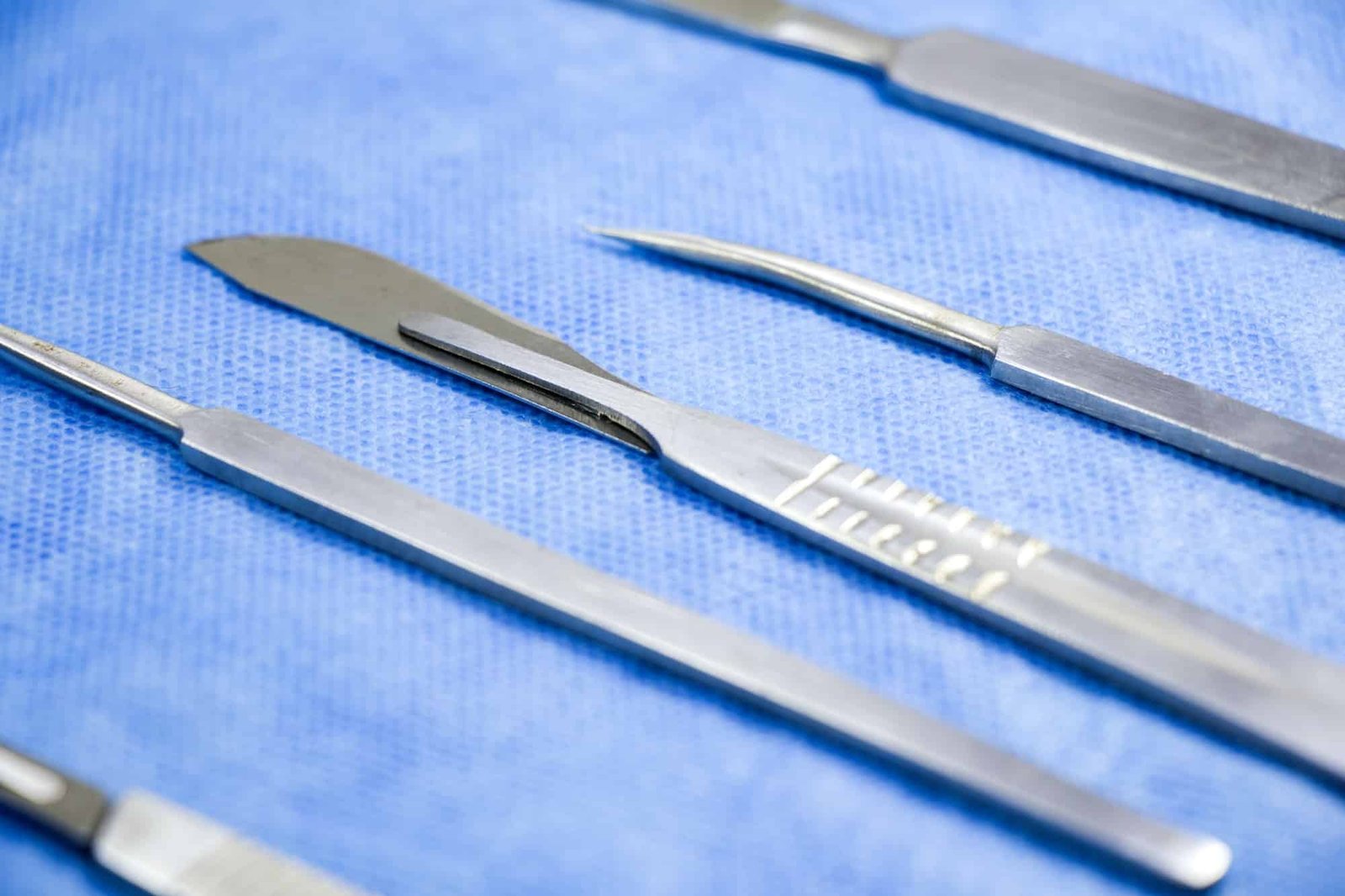
The procedure begins with numbing the area around the tattoo with local anaesthesia. The surgeon will then use a scalpel to cut out the entire tattooed area, including all layers of skin where the ink has been deposited. Afterwards, they will use stitches or sutures to close up the wound left by the removed skin.
It’s important to understand that surgical excision will result in some scarring, but this may still be preferred over having an unwanted tattoo.
Conclusion
In conclusion, fading a tattoo is possible, but it is important to understand the process and be patient. While there is no one-size-fits-all solution, laser treatments, topical creams and other methods are available to help lighten your existing ink.
Remember that some tattoos may fade more than others, so talking to a professional about the best option is important. Ultimately, fading tattoos can be done safely and effectively with the right techniques and tools.
FAQs
What are the costs of using a professional shop to fade your tattoo?
The cost of using a professional shop in the UK to fade your tattoo will depend on several factors, including the size and complexity of the tattoo, the type of laser used, and the number of sessions required. Generally speaking, you can expect to pay anywhere from £50-£200 per session.
The cost of laser tattoo removal will also depend on which part of the country you are in. In London, for example, prices tend to be higher than in other parts of the UK due to higher demand and overhead costs associated with running a business in the capital.
What are the potential risks of laser removal?
Tattoo laser removal is fairly common, but it has some potential risks. The most common risk associated with tattoo removal is the possibility of scarring. Since the laser breaks up the pigment of the tattoo, it can also damage the surrounding skin tissue, leading to scarring. Additionally, the laser can cause changes in skin pigmentation, leaving areas of lighter or darker skin than before.
Infection is another potential risk of tattoo laser removal. During the procedure, your skin will be exposed to a needle and other instruments, potentially introducing bacteria into your body if not properly sterilised.
What should I do if there is an allergic reaction when removing a tattoo?
If you experience an allergic reaction when removing a tattoo, it is important to take immediate action. The first step is to assess the severity of the reaction and contact your doctor or dermatologist if needed. Depending on the type of reaction, you may need to take medication or receive medical attention.
It is also important to stop using topical products that may have caused the reaction and cleanse the area with soap and water. Avoid scratching or picking at the affected area, as this can worsen the reaction and lead to infection. Applying a cold compress can help reduce swelling and discomfort.

